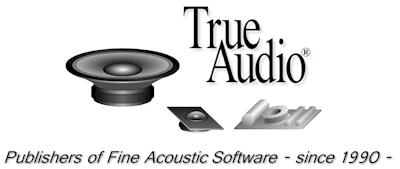I was just thinking about some non-traditional speaker designs. In particular I’m wondering about the idea of spherical speaker arrays. Basically, they are speakers with arrays of drivers arranged in a sphere (or something close). I can find a fair number of examples on the web but not much regarding any theory or pros/cons. Or how they might sound. Anyone have any ideas about them?
Possible pros:
-Maybe they’d provide something analogous to an omnidirectional sound. Could be different and interesting. Or not.
Possible cons:
-Sound from the multiple drivers could cancel each other out, phase would be tough to align, etc.
-Room interaction issues (this problem also exists with open baffles, etc.)
Some variables:
-I wonder how you’d take measurements and develop the crossover (with a 2-way or 3-way speaker).
-I don’t know how would you wire up the drivers to keep impedance manageable.
Most designs use only full range drivers. Maybe if you made a 2-way (or 3-way) version it could yield something interesting. I have no idea, really. I suspect that this style of speaker will be shot down with one, simple post by someone more knowledgeable than I. Anyways, just some curiosity rattling around in my skull at the moment.

Images not available
Possible pros:
-Maybe they’d provide something analogous to an omnidirectional sound. Could be different and interesting. Or not.

Possible cons:
-Sound from the multiple drivers could cancel each other out, phase would be tough to align, etc.
-Room interaction issues (this problem also exists with open baffles, etc.)
Some variables:
-I wonder how you’d take measurements and develop the crossover (with a 2-way or 3-way speaker).
-I don’t know how would you wire up the drivers to keep impedance manageable.
Most designs use only full range drivers. Maybe if you made a 2-way (or 3-way) version it could yield something interesting. I have no idea, really. I suspect that this style of speaker will be shot down with one, simple post by someone more knowledgeable than I. Anyways, just some curiosity rattling around in my skull at the moment.

Images not available






Comment